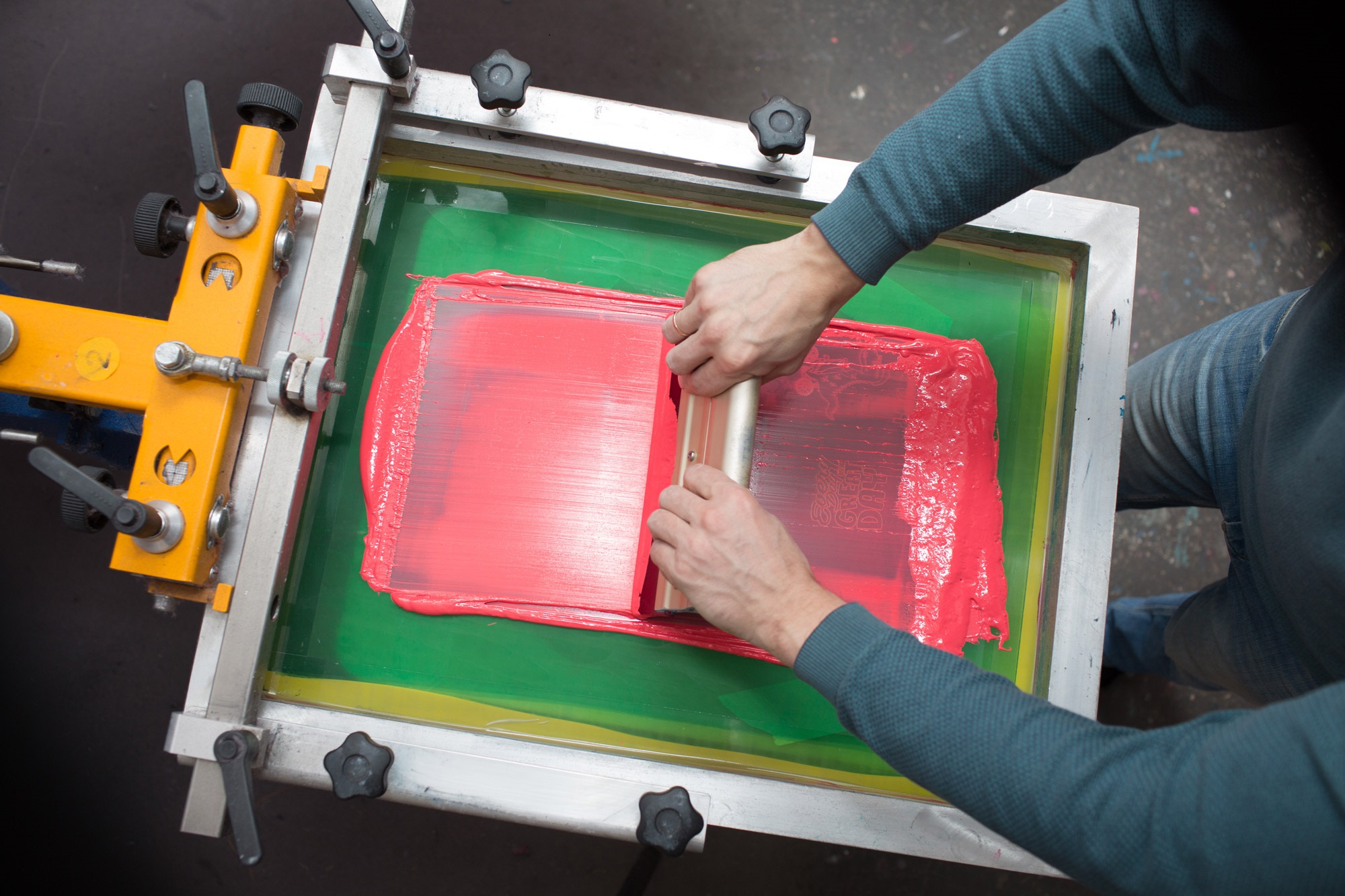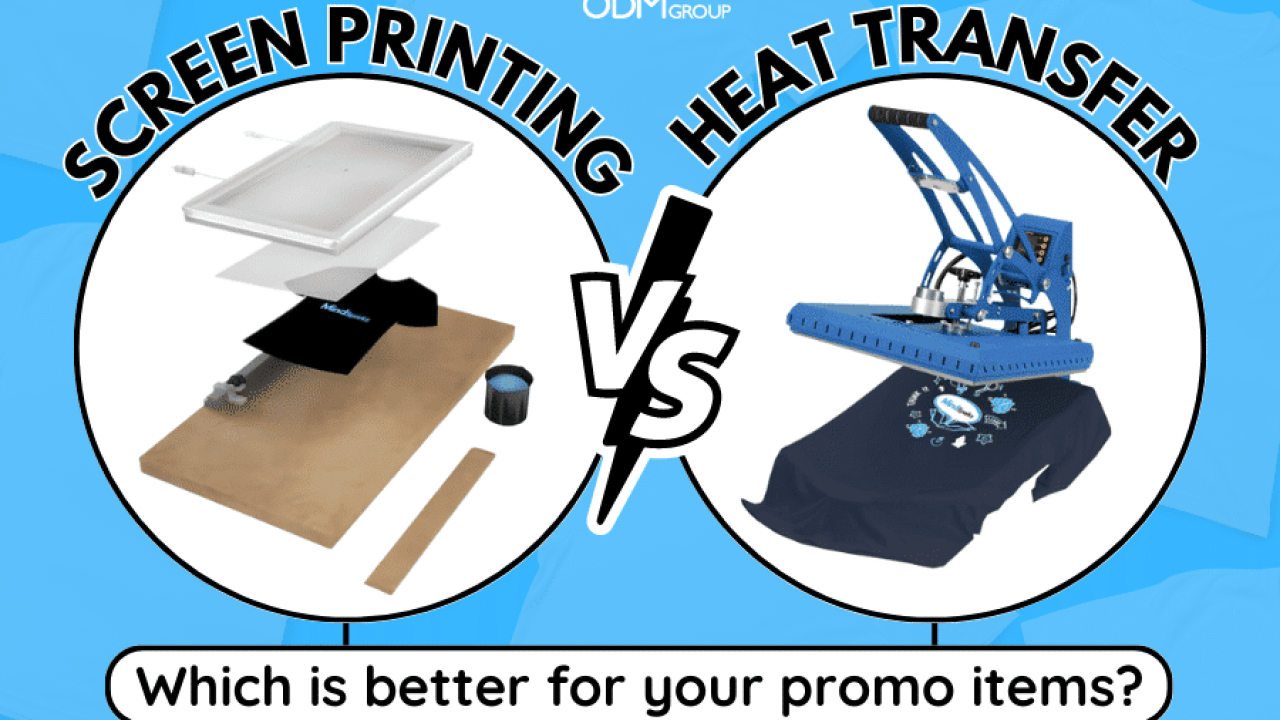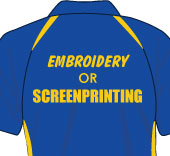Getting My Tx Tees To Work
Table of ContentsLittle Known Facts About Tx Tees.10 Simple Techniques For Tx TeesTx Tees Things To Know Before You Get This8 Easy Facts About Tx Tees ShownTx Tees Things To Know Before You Get ThisExcitement About Tx TeesNot known Details About Tx Tees
That brings your total amount to around $1,900 before tax and delivery. Accumulate other prices, like the variety of utilities it takes to run the shop and the cost of ink and solution per style. custom monograming. Take the print listed below for instance. This is a one-color photo, so the cost of ink per shirt is about 20 cents.The solution must just be a couple of cents considering that you 'd only need to layer one display for this work. Usually, printers attempt to make up to 45% earnings on a print work.

With DTF, you can print a handful of shirts, or simply one. Utilize the same calculator as the area over to calculate how much earnings you 'd make using DTF transfers. Contrast the expenses and revenues to whichever method talks finest to your setup and procedure. Both screen printing and DTF have their niches in the globe.
The Facts About Tx Tees Revealed
The very best means to recognize? Ask around and see what print shops like yours are doing. t-shirt printing. Try both out and see which you like much better
When you're picking what kind of printing method to use for printing your artwork styles on your garments, it is necessary that you recognize the distinctions in between these 2 strategies so you can make the most of results while lessening expenses. Display printing is the most frequently utilized method for printing styles on textiles.
DTG printing is also referred to as place or direct to garment printing since it prints only what is needed rather than making a screen as display printers do. https://fliphtml5.com/homepage/wmaot. Screen printing functions by screen filler squeegee display printing ink screen mesh display, then moving the image to garment utilizing heat and/or pressure
The DTG printer uses unique dye-sublimation inks that are applied right into a pre-designed image by an electronic printing system. The inks become part of the textile, permitting vivid colors and exceptional information. It's also referred to as place or direct to garment printing since it publishes only what is needed rather of making a screen as screen printers do.
The Basic Principles Of Tx Tees
First, it's much faster - you can print a fullcolor picture in minutes, rather than hours for display printing. Second, there's no established time or costs involved - you can print any style you like, without having to produce a display initially. Third, there's no waste - since screen printers screen print one layout at a time, they need to screen each color separately.
The paper is really costly and can just be utilized when. Once it's printed on, it needs to be discarded. - The first acquisition cost is reduced than the ahead of time financial investment of DTG printers- You can print multi-color layouts one display each time rather than having to print each color individually like DTG printing.

The Tx Tees Diaries
Instead of utilizing display mesh as display printers do, dye sublimation printers utilize laser innovation to move your images onto garments or paper. A heat process moves the color from its solid-state straight right into the gas phase which in turn fuses it onto textile substrates when they are swiftly heated to high temperature levels under high pressure.
Sublimation printing is green. It uses less water than screenprinting, and since it doesn't include the usage of harmful solvents, it's safe for all sorts of clothing. The dye sublimation inks are likewise odor-free when healed, unlike display printers that make use of unsafe chemicals throughout the display printing procedure that leave an undesirable smell.
They additionally conserve cash on pricey tools like direct exposure devices given that color sublimation printers do not need a UV direct exposure system or a flash remedy oven that is generally used in screen printing (embroidery shop). What is straight to garment printing (DTG Printing)? DTG printing is a digital screenprinting process that publishes straight onto material utilizing specialized inkjet printers
The Buzz on Tx Tees
DTG printing supplies lots of advantages over standard screenprinting, including the capacity to print photographic top quality images, better color vibrancy, and the capacity to print designs on darker materials. DTG printers work by warming the textile ink up until it turns right into a gas. The gas then penetrates the fabric, bonding with the fibers to produce a permanent print.

Screen printers simply prepare their screen after that begin printing until they run out of item or ink.- There is a wide variety of seasoned screen printers all over the globe, which can be handy for newbies. - It's a slower procedure - screen printers frequently need to await the ink to dry before they can publish the following color- Display printers need manual work, so there's a higher understanding contour and it takes longer to create a top notch layout- Screen printing isn't as accurate as DTG printing, so you might get some "bleeding" of shades from one part of the photo onto one more if not done properly.
Not known Details About Tx Tees
However, rather of making use of screen mesh as display printers do, dye sublimation printers utilize laser modern technology to transfer your photos onto garments or paper. A warm procedure moves the dye from its solid-state directly right into the gas stage which consequently integrates it onto textile substratums when they are rapidly heated up to high temperature levels under high pressure.
Sublimation printing is environment-friendly. It uses less water than screenprinting, and since it does not involve using dangerous solvents, it's safe for all kinds of clothing. The color sublimation inks are additionally odorless when treated, unlike display printers that make use of harmful chemicals during the screen printing process that leave behind an undesirable odor.
They additionally save money on pricey devices like direct exposure units because color sublimation printers don't require a UV exposure unit or a flash treatment stove that is typically utilized in display printing. What is straight to garment printing (DTG Printing)? DTG printing is an electronic screenprinting process that publishes directly onto material using specialized inkjet printers.
Tx Tees for Beginners
DTG printing offers lots of benefits over conventional screenprinting, including the ability to publish photographic high quality pictures, greater shade vibrancy, and the capability to publish designs on darker fabrics. DTG printers function by warming the textile ink until it transforms into a gas. The gas then permeates the fabric, bonding with the fibers to develop an irreversible print.